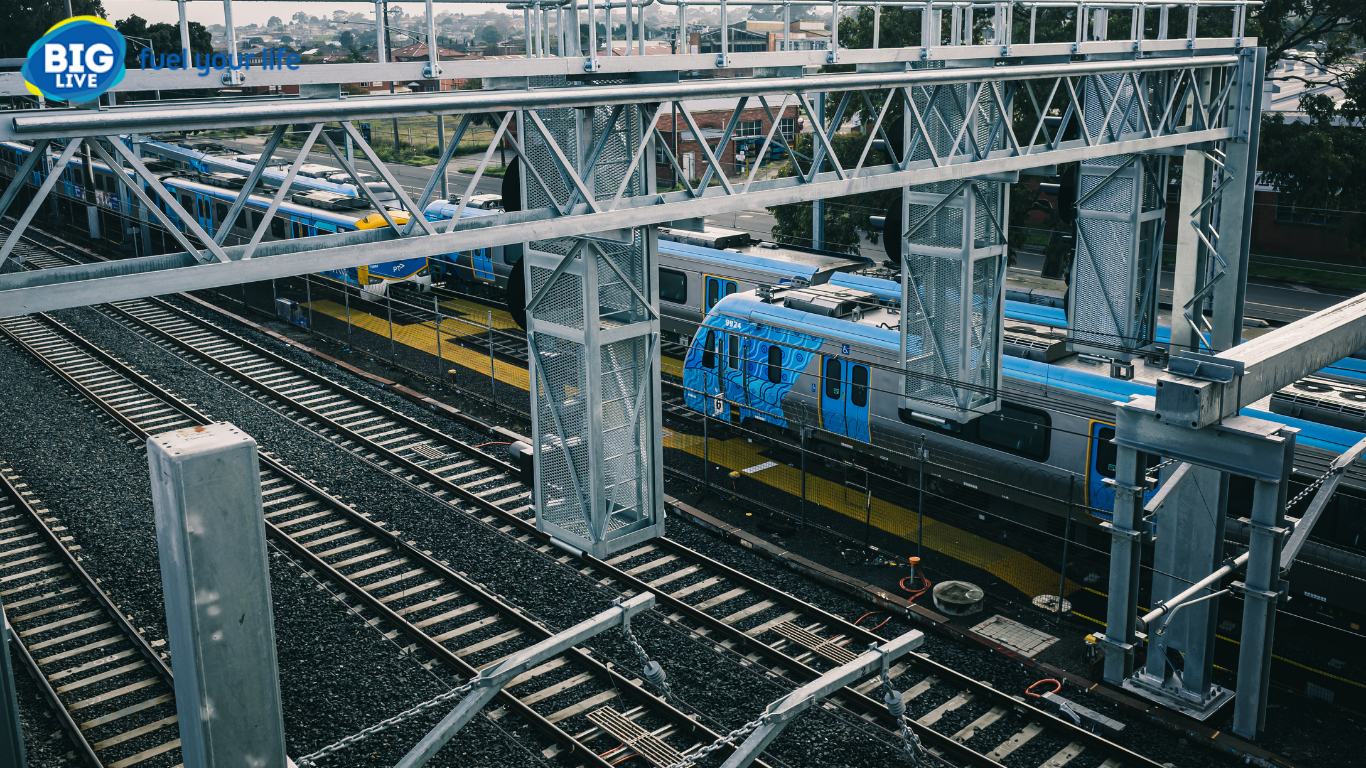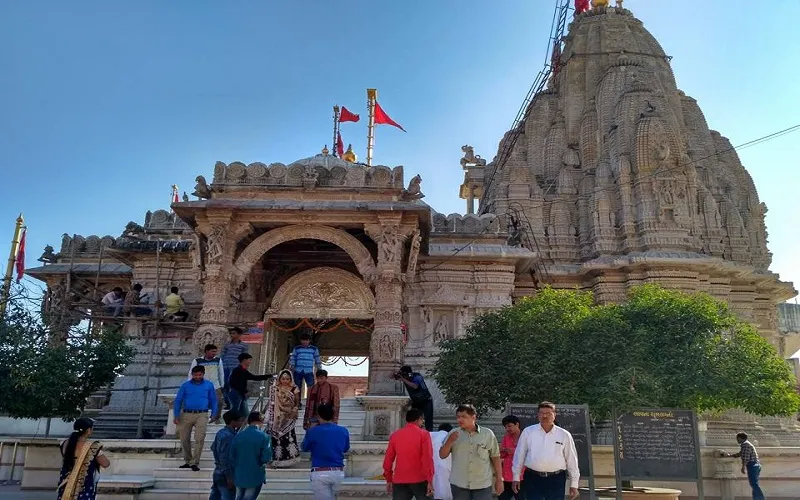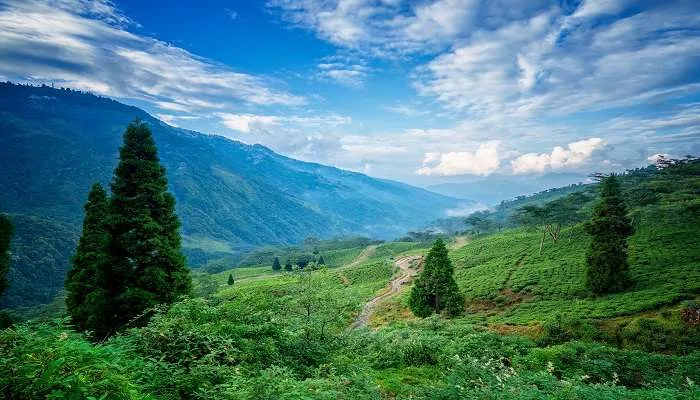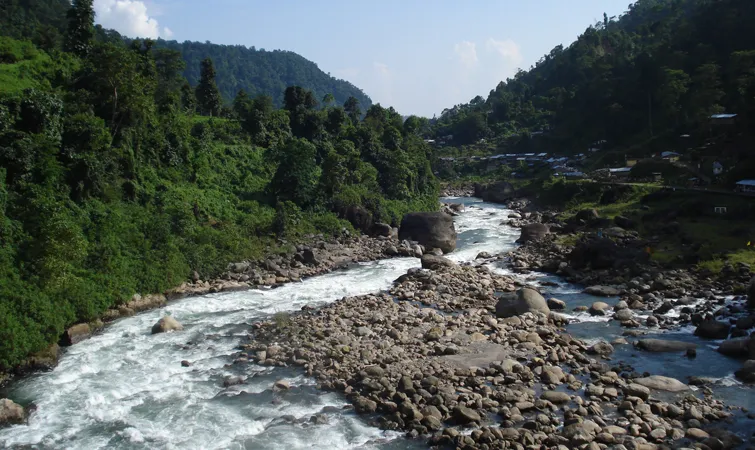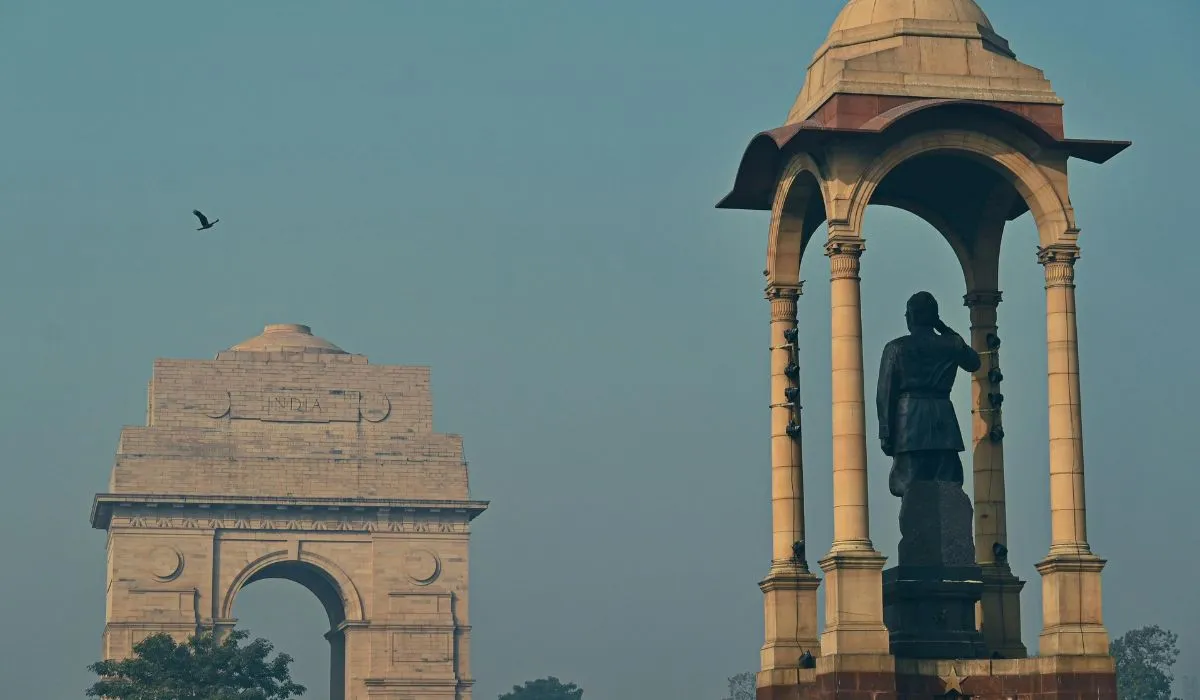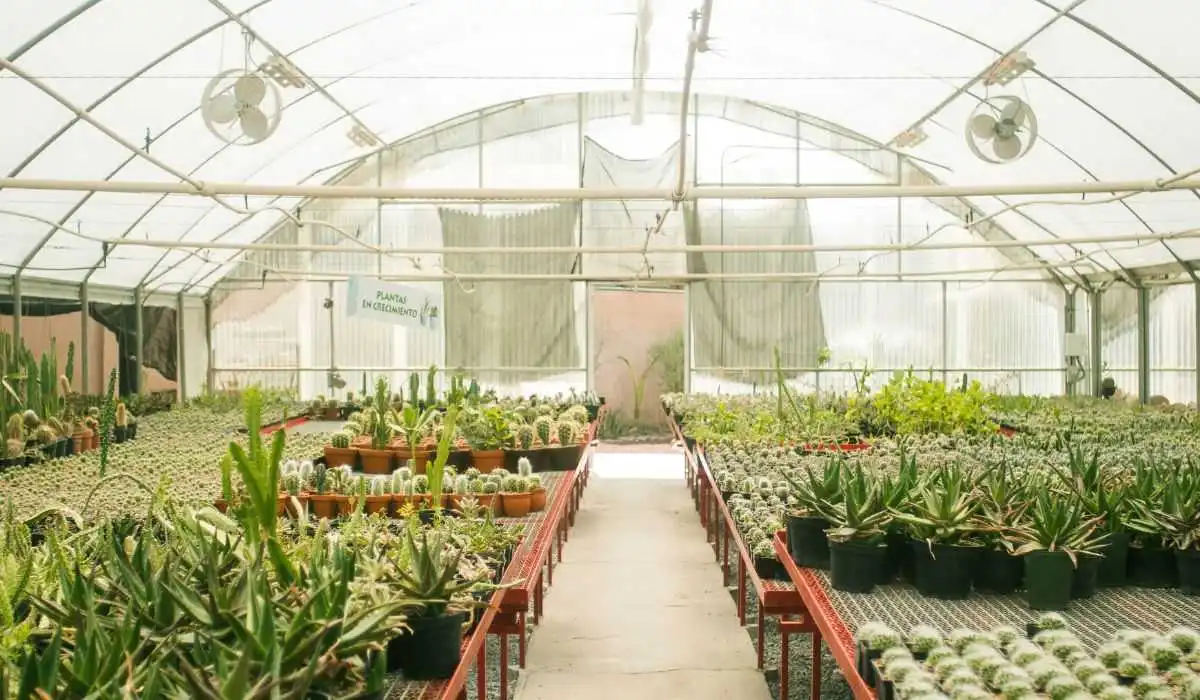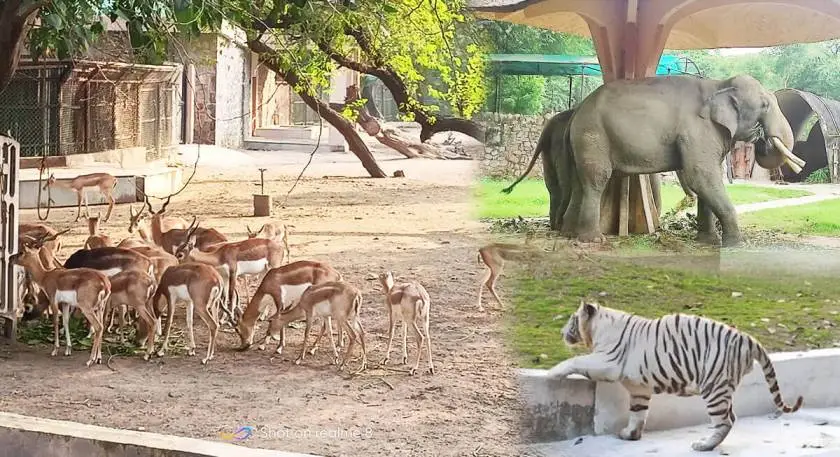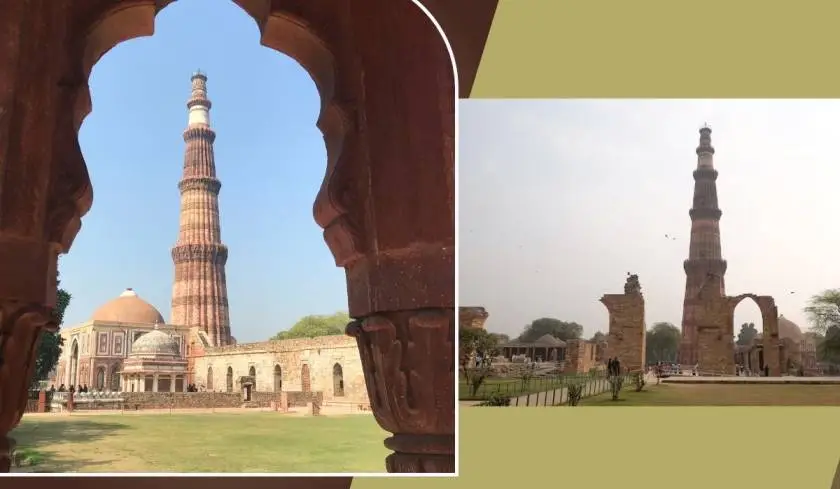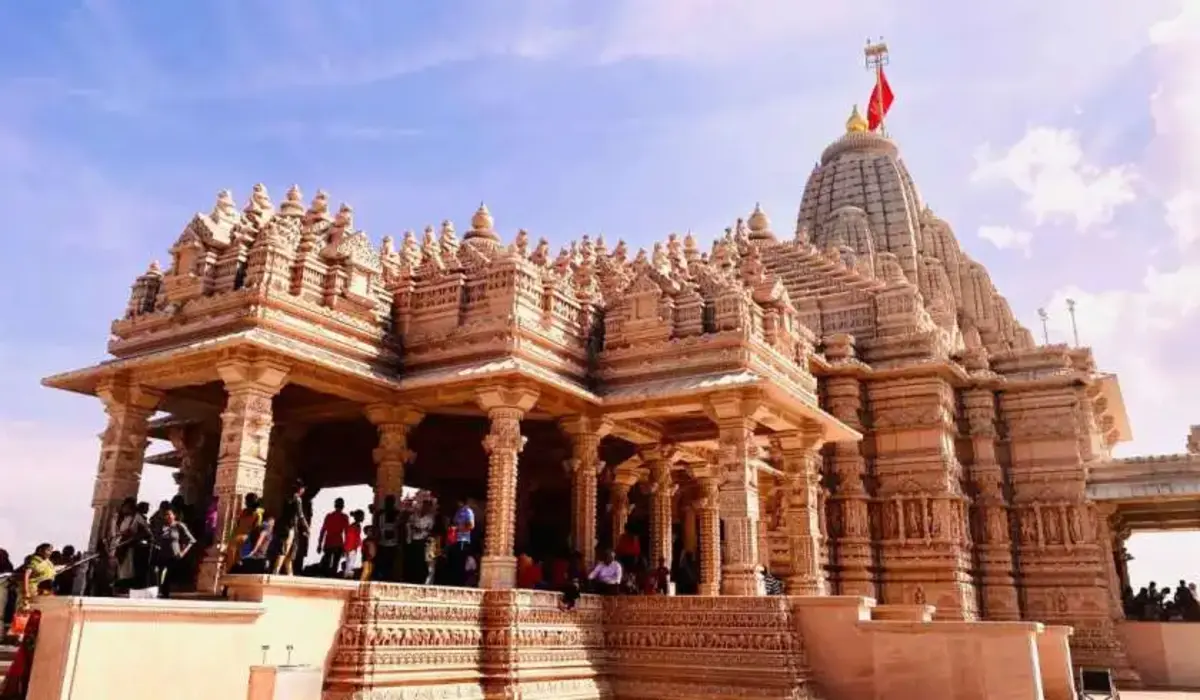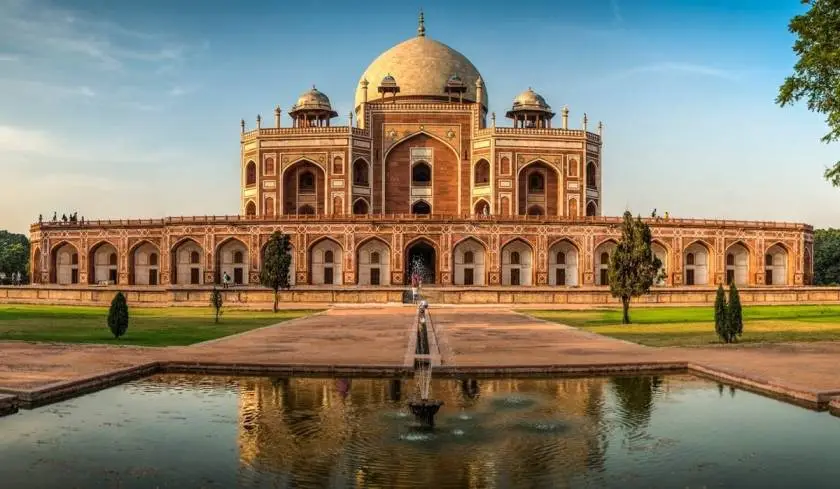For years, people in Punjab, especially around Rajpura and Mohali, spoke of a direct rail link one that could make travel quicker and business smoother. It wasn’t just an idea. Plans were drawn up, surveys conducted, numbers crunched. But like many other ambitious public initiatives, it lingered quietly on the shelf, postponed by land, politics, and paperwork.
It is finally happening now, in 2025.
Covering roughly 24 kilometers, the Rajpura–Mohali railway line is more than just another railway track. It’s a connector between industrial zones and cities, between commuters and convenience. With a smart extension to existing routes like Bathinda, Abohar, Jind, Rohtak, it plugs right into Punjab’s rail map with purpose.
Where everything began
The earliest proposal came around 2016–17, when railway authorities prepared a detailed report suggesting the line would cost 312. 5 crore. They charted the path via Banur and Shambhu to match the Grand Trunk corridor.
Despite getting official clearance in 2017, not much moved. The big roadblock? Land. Farmers weren’t ready to give up their fields. Compensation was a sore point. And government departments couldn’t agree on how to make it work. So, the project slowed to a crawl nearly forgotten.
A Fresh Push and Funds to Match
In May 2025, something changed. The Centre stepped in with 202.99 crore, specifically to secure land and kickstart the project. That gave it a place in Northern Railways’ 2025–26 development roadmap a document often called the “pink book.”
This time, the route remains roughly the same Banur to Shambhu but includes something extra: a 5 km spur from Rajpura. To cut down engine reversals when heading toward Chandigarh. That may sound minor, but in railway operations, avoiding reversals can save fuel, cut time, and reduce delays significantly.
Behind this renewed effort were a few persistent voices regional MPs and ministers who kept nudging the Centre until it moved.
The Nuts and Bolts
A brief overview of what's happening on the ground:
- The main line is 24 kilometers long, and the spur extends for another 5 kilometers.
- Its wide gauge assures compatibility, which is standard on Indian Railways, as seen in the track specifications.
- Electrification, Planned from the start. Since nearby stretches like Rajpura Dhuri are already electrified, linking up is relatively easy.
- Station Hubs,Rajpura Junction will act as a major transfer point.
That spur line from Rajpura to Chandigarh? It’s not just about avoiding reversals. It’s a smart move that streamlines everything a small addition with big impact.
Why It Matters
You might wonder why all this fuss over 24 kilometers of rail?
Let's first break it down.
- People residing in Abohar, Bathinda, and Rajpura have long depended on roads or longer train detours to get to Mohali or Chandigarh. This line cuts that hassle.
- For Businesses in Rajpura is becoming an industrial hub. This line boosts freight movement, reduces transit time, and lowers transport costs.
- For the State, It’s one more piece in the puzzle of connecting Punjab more efficiently a missing link that brings together several regions into one tighter network.
Not Without Hurdles
No major project moves without a few bumps, and this one’s had its share.
- Land Issues: Getting farmers to part with land, especially without satisfying compensation, is always tough. Back in 2024, an earlier version of the route had to be abandoned for just this reason.
- Political Interference: Some say private bus operators and other transport lobbies weren’t too thrilled about better train service. The political machinery also took time to align.
- Budget Tweaks: The original cost estimate was over 300 crore. The current approval covers only 203 crore enough for land and initial groundwork. The rest will come later.
Still, the fact that it’s finally moving forward is a win in itself.
What’s Next on the Track
Northern Railways has already begun looking for contractors. Land is being measured, paperwork is being finalized, and survey teams are back on-site.
According to government officials, the entire rail link could be ready within two years. If that holds true, the first trains might start running by mid-2027.
What’s in the pipeline?
- Final land transfers
- Tendering and engineering designs
- Track laying
- Electrification
- Safety systems and signaling
- Building the 5 km spur in tandem
It's a big list, but it’s finally happening.
Looking Beyond the Tracks
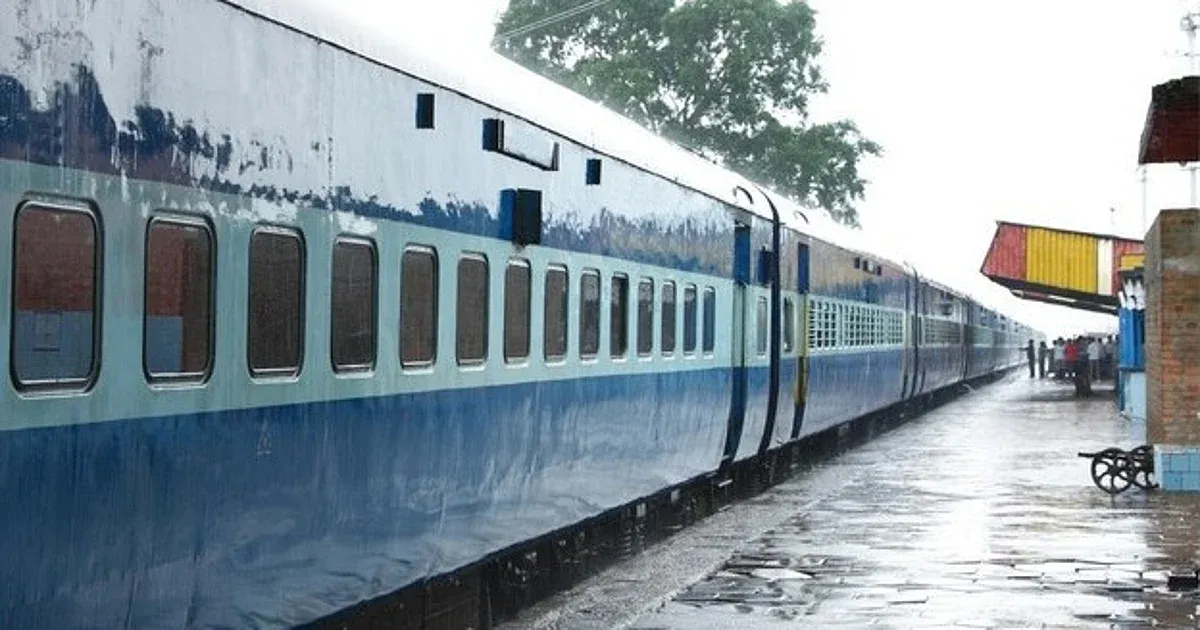
This line isn’t just a local upgrade. It fits into a bigger vision.
Other regional projects from Ambala to Hisar, or the Yamuna Naga Chandigarh corridors are all part of a push to boost rail access in north India. These smaller connections might not make headlines, but together, they create a strong backbone for economic and passenger growth.
There’s another angle too.Over the following years, metro construction should be seen in Mohali and Chandigarh. This rail link might readily connect into that urban transportation network, therefore providing more options for people and reducing traffic on roadways.
Looking Ahead
The Rajpura–Mohali rail link might’ve taken years to get moving, but its time has come. With 203 crore committed and clear plans in place, it’s no longer a dream on paper. It’s a project in motion.
There are hurdles ahead. Yes, timelines could shift. When it’s done, the people of Punjab from farmers to factory owners, from students to traders will finally have a direct, efficient, and reliable rail route linking the region’s heart to its fast growing edge.



